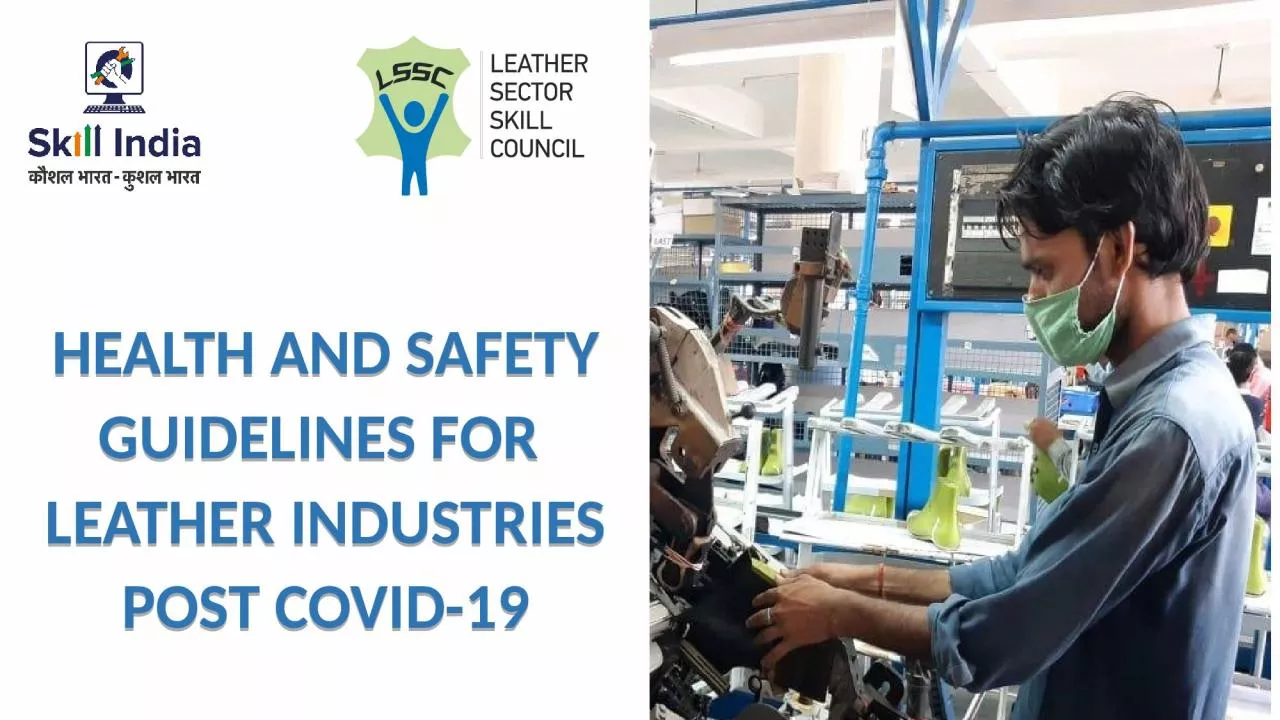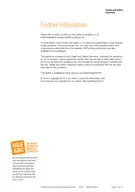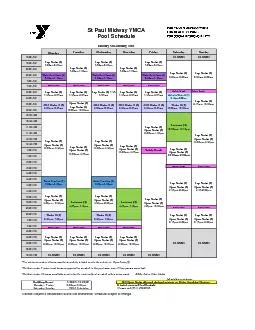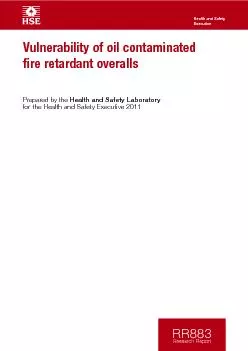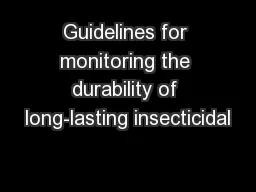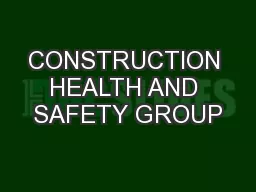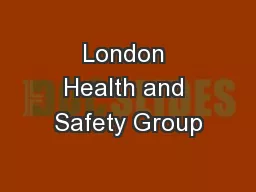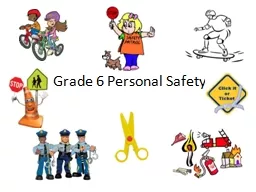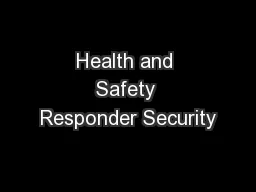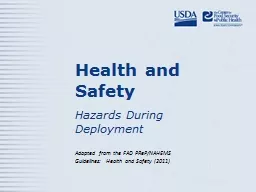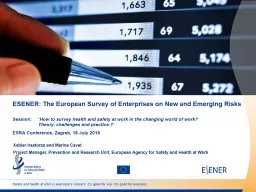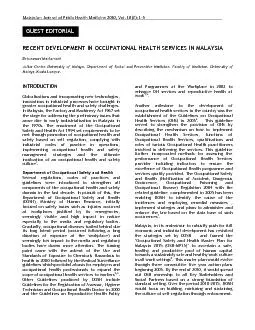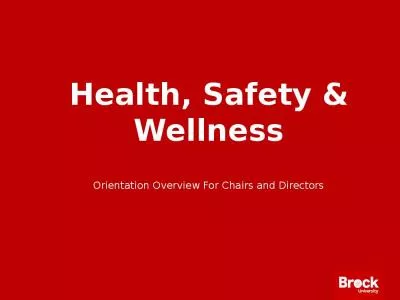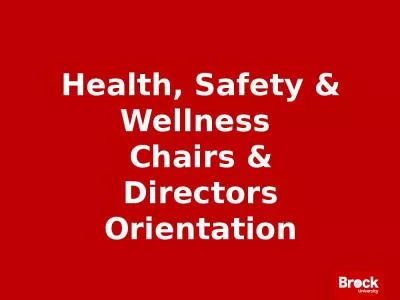PPT-HEALTH AND SAFETY GUIDELINES FOR
Author : GirlNextDoor | Published Date : 2022-08-03
LEATHER INDUSTRIES POST COVID19 Preface Leather Sector Skill Council LSSC is promoted by NSDC under the aegis of Ministry of Skill Development and Entrepreneurship
Presentation Embed Code
Download Presentation
Download Presentation The PPT/PDF document "HEALTH AND SAFETY GUIDELINES FOR" is the property of its rightful owner. Permission is granted to download and print the materials on this website for personal, non-commercial use only, and to display it on your personal computer provided you do not modify the materials and that you retain all copyright notices contained in the materials. By downloading content from our website, you accept the terms of this agreement.
HEALTH AND SAFETY GUIDELINES FOR: Transcript
Download Rules Of Document
"HEALTH AND SAFETY GUIDELINES FOR"The content belongs to its owner. You may download and print it for personal use, without modification, and keep all copyright notices. By downloading, you agree to these terms.
Related Documents

